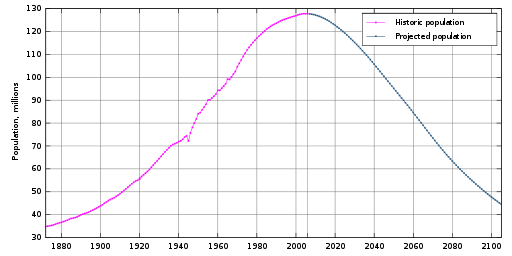The main reasons for this concentration of Japanese aid in Asia are clearly both historical and geographical, as well as economic. Aid, in the form of grants and low-interest loans, is mainly aimed at promoting the economic "take-off" in recipient countries and to promote economic stability in developing regions. While Japan has invested quite a bit in hospitals, sewage facilities and rural water supplies, its overall investment in basic human needs, such as rudimentary education and health, has been poor. Most of the aid has been aimed at building the economic infrastructure of the region and improving industrial production and services. Moreover, reflecting the importance of economic interests in its aid policy, a large portion of Japan's ODA has been consistently directed towards lower-middle income countries, which is followed by low income and then least developed countries. But Japan is not just an important aid donor. It is also an important generator of foreign direct investment (FDI), reaching US$13 billion in 1997. This accounted for a half of the nation's total outward investment. Private sector investment has been strong in the Asian tigers of Singapore, Hong Kong, China, Korea and Chinese Taipei, and has spread throughout the ASEAN area, which is the loose trading block linking Asia and Oceania. More recently, China has been a favourite destination of Japanese FDI.


